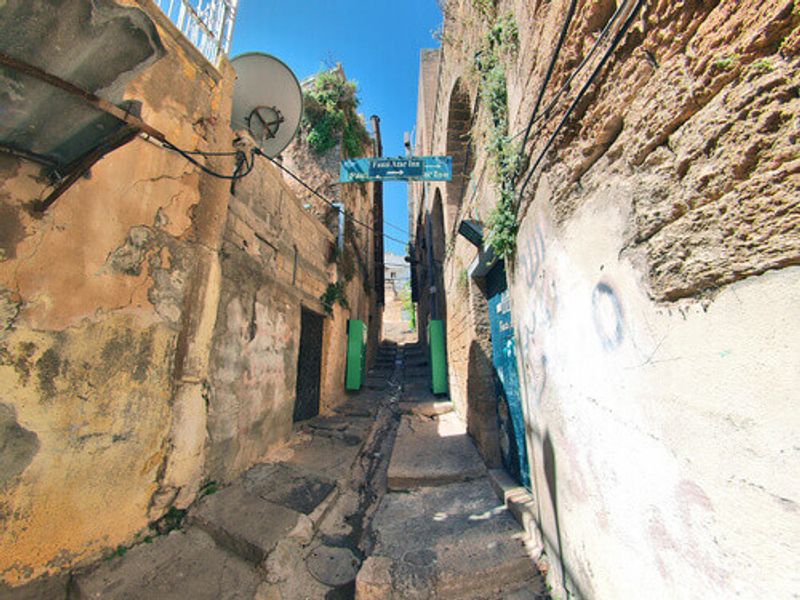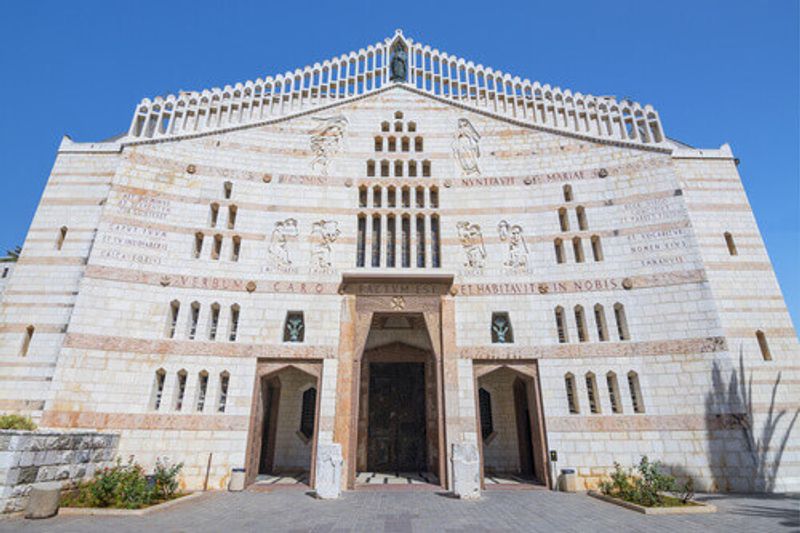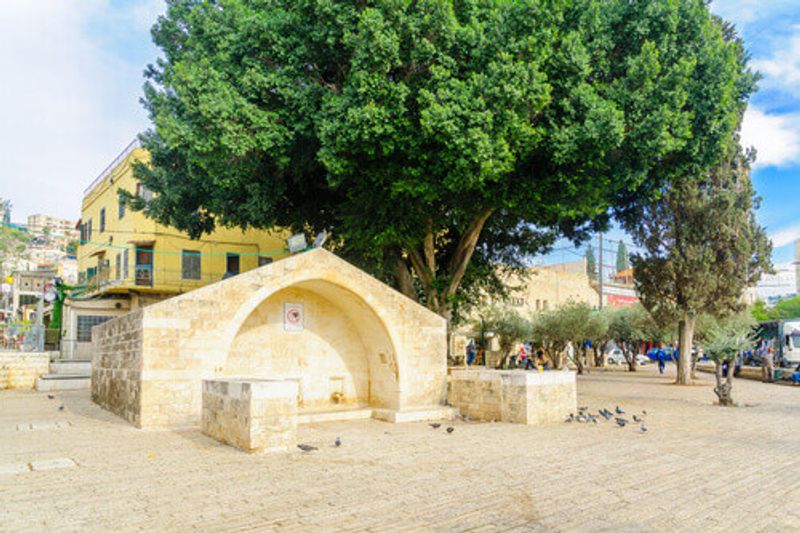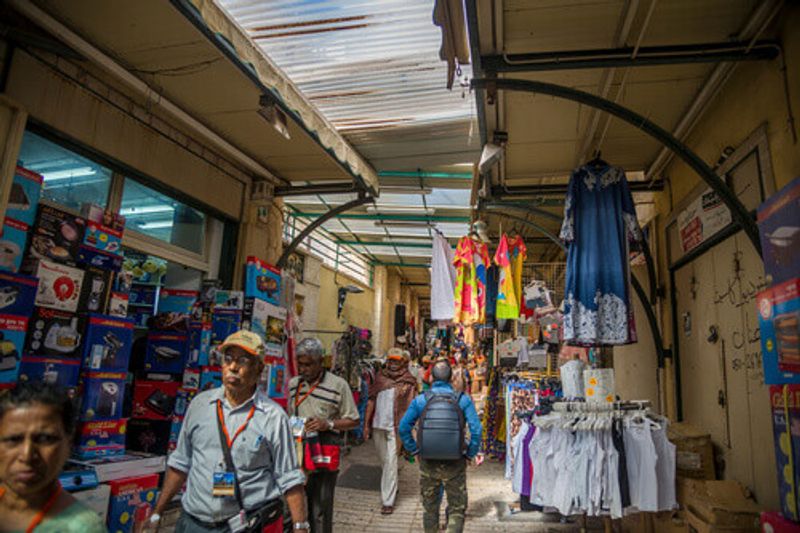Sprawling over steep twisted alleys and punctuated by churches, Nazareth is home to both ancient relics and truly inspiring architecture
Nazareth is perched on a hill between Haifa and the sea of Galilee. It is famous for being the location of the Annunciation, where Jesus’ divine conception and impending arrival was declared by angelic messengers. Later, the village became the home of a young Jesus Christ. In Nazareth holy sites abound, but with a unique twist: the city’s legacy is Arab and Christian rather than Jewish. The resulting political tension is painted on the city walls with graffiti lamenting the displacement of the Palestinians in the mid-20th century. During this period, called the Nakba (Arabic for catastrophe), the Arab majority faced compulsory acquisition of their homes and expulsion from the village.
Today, the Old City has begun its slow recovery. The forgotten Ottoman buildings are a testament to the character and beauty of the town it once was. The Fauzi Azar Inn is a good example of this revival. The restored mansion is well worth a visit, with an airy limestone courtyard, painted ceilings and original Arab architecture. Each morning the granddaughter of the eponymous Fauzi offers free tours and some candid insight into the experience of Israeli Palestinians.
Just south of the Fauzi Azar Inn, the Christian Holy Trail begins with the Roman Catholic Basilica of the Annunciation. The Basilica is a massive, modern construction with inlaid windows representing Catholic communities throughout the world. As the exact location of the Annunciation is disputed, savvy pilgrims also visit the nearby Greek Orthodox Church of the Annunciation. It’s built over a fascinating and much older subterranean chapel and natural spring and is a short ten-minute walk from the Catholic Basilica. Also worth seeing in the area is Mary’s Well and the ancient Synagogue Church where Jesus is said to have worshipped as a boy.
Equally, there is plenty for the secular history buff to explore. The Ancient Roman Bath House can be found next to Mary’s Well, a short walk from the Basilica. The site is peculiarly located beneath a jewellery store, called Cactus, and was discovered during the shop’s renovation. Co-owner Elias offers a guided tour of the ruins and in-depth knowledge of the construction and use of the bath house in ancient times.
Next up is the nearby Nazareth Old Market Souq. The bazaar is refreshingly traditional, catering to the local population rather than tourists. Here, you will find a stimulating array of wares including fresh food, apparel and aromatic spices. Visit the Fahoum Roastery and have your Arabic coffee ground, mixed and spiced to your taste. For coffee lovers, the antique roasting equipment is visible from the shop’s entrance and closer inspections are welcomed by the owner.
If the fresh scents of cardamom and caffeine have your taste buds singing, your next stop should be Falafel Khazen, a tiny booth located in the alleyways between Fauzi Azar and the Souk. The falafel is freshly rolled and fried in front of you and can only be described as transcendent. Ask for the falafel pita, which strikes a heady balance between tahini-creaminess, tart pickle and spice. It’s also a perfect place to wind down for the evening with the call to prayer streaming through the air.




